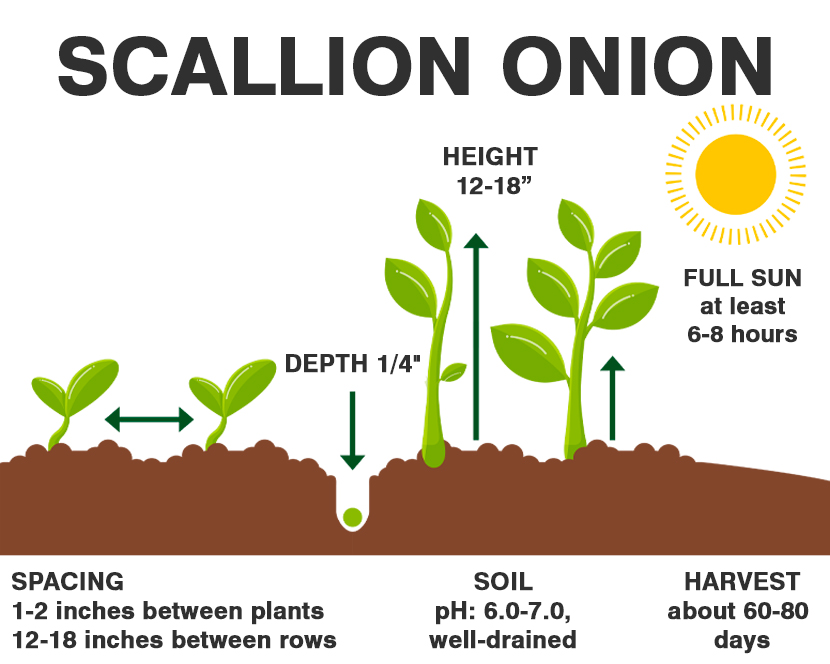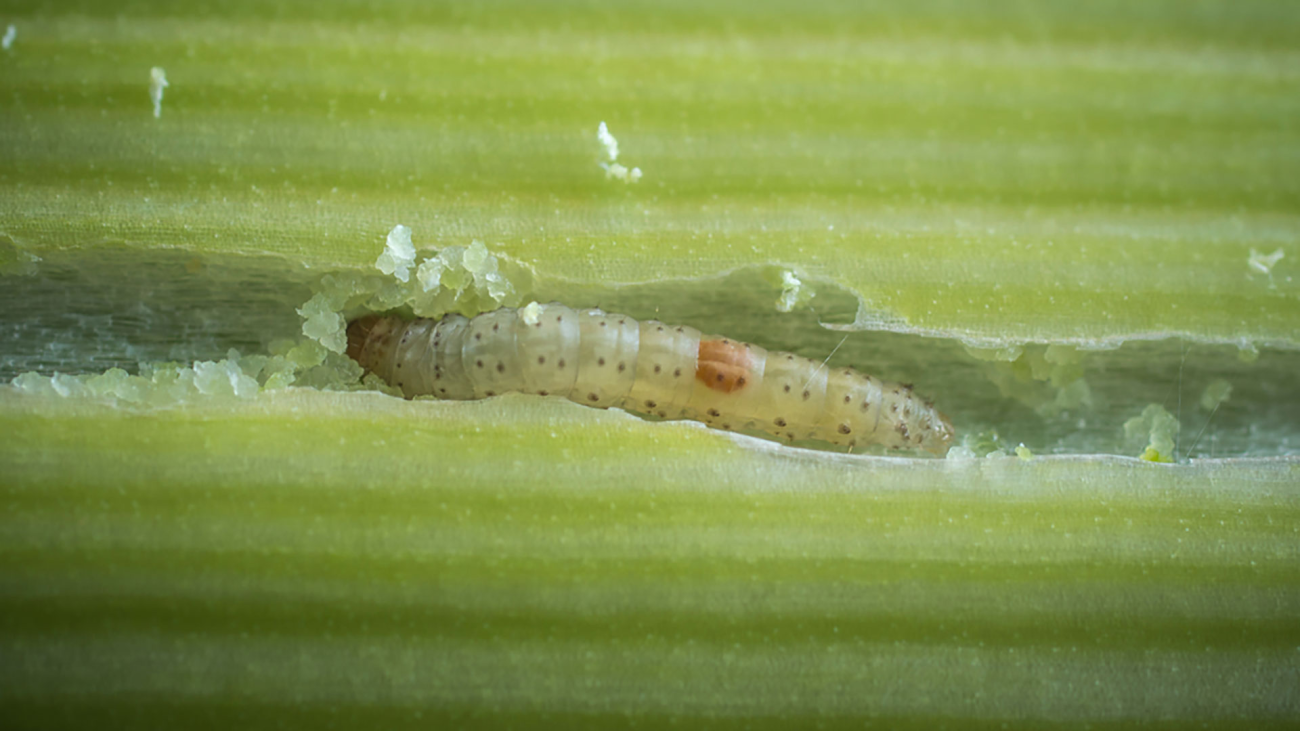Scallion onions, also known as green onions or spring onions, are a type of young onion harvested before the bulb has fully developed. These onions are a versatile addition to many dishes, offering a mild onion flavor.

They are typically grown as annuals and can be harvested at various stages of growth, making them a popular choice for both home gardeners and commercial growers.
| Common Name | Scallion, green onion, spring onion |
| Botanical Name | Allium fistulosum |
| Family | Alliaceae |
| Plant Type | Perennial vegetable (usually grown as annual) |
| Size | 12-18 in. tall; 1-2 in. spread |
| Sun Exposure | Full sun to partial shade |
| Soil Type | Rich, well-drained |
| Soil pH | 6.0 to 7.0 (slightly acidic to neutral) |
| Bloom Time | Summer (for flowering varieties) |
| Hardiness Zones | 3-9 (USDA) |

When to Plant?
This will be determined by your planting zone. There is a final frost date for each area. As a result, you can plan your gardening activities around this date. Check our Frost Dates Across North America: First & Last Frost Dates Chart. However, the date will not be the same for every plant. Generally, scallions can be planted in early spring for a continuous harvest throughout the growing season or in late summer for a fall harvest.
How to Plant
Scallion onions can be grown from seeds or nursery seedlings. Here’s how to plant them:
- Seeds: Directly sow seeds into the garden as soon as the soil can be worked in the spring. Plant seeds 1/4 inch deep, spacing them 1/2 inch apart in rows that are 12-18 inches apart.
- Seedlings: If starting indoors, plant seeds in seed trays 4-6 weeks before the last frost date. Transplant seedlings to the garden when they are about 4-6 inches tall and the danger of frost has passed.
Choose a planting site with well-draining, fertile soil. Scallions thrive in full sun but can tolerate partial shade. Ensure the site receives at least 6 hours of sunlight per day
Space scallion plants 2-3 inches apart to allow for adequate growth. If you prefer a continuous harvest, sow seeds every 2-3 weeks throughout the growing season.

When growing basil, it is best to use larger pots. The smaller the pot, the more often the plant needs to be watered. On hot summer days, the soil can dry out, which will harm the plant. A sunny windowsill is an ideal spot to grow basil. The best time to plant basil is late in the day or early morning so that the plant is not immediately exposed to the scorching sun. Companion planting: Plant basil among other herbs and vegetables with similar lighting and watering needs, e.g., parsley or tomatoes. Some people say tomatoes taste better when they neighbor basil. Plant basil alongside chamomile, lettuce, oregano, and peppers.
How to Cultivate
Light – Scallions prefer full sun but can tolerate partial shade, especially during the hottest part of the day.
Soil – Use well-draining soil enriched with organic matter. Scallions prefer a soil pH between 6.0 and 7.0.
Water -Keep the soil consistently moist but not waterlogged. Scallions need about 1 inch of water per week. Mulching can help retain soil moisture.
Temperature and Humidity – Scallions grow best in cool weather, with an optimal temperature range of 60-75°F (15-24°C). They can tolerate light frost but may suffer in extreme heat.
How to Harvest
Scallions can be harvested at any stage of growth. For the best flavor and texture, harvest them when the plants are 8-12 inches tall. Use a sharp knife or scissors to cut the plants at the soil level. If you leave the base intact, scallions may regrow for another harvest.
Common Pests and Diseases
Thrips (Thysanopteraa)
Symptoms: Silvery streaks on leaves, stunted growth
Management
Use insecticidal soap or neem oil, and practice crop rotation

Onion Maggots (Delia antiqua)

Symptoms: Wilting, yellowing leaves, maggots in the soil
Management
Use floating row covers and apply beneficial nematodes.


